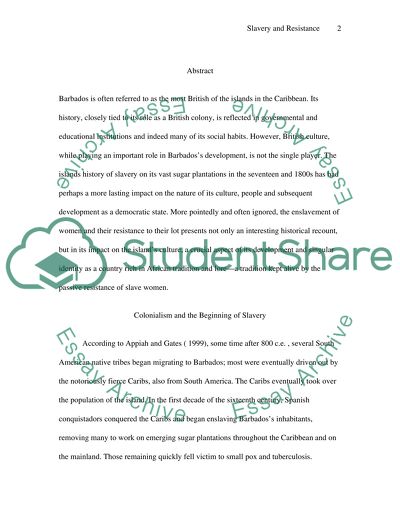Cite this document
(“Conditions of enslavement and resistance by the women in barbados Essay”, n.d.)
Retrieved from https://studentshare.org/environmental-studies/1418794-conditions-of-enslavement-and-resistance-by-the
Retrieved from https://studentshare.org/environmental-studies/1418794-conditions-of-enslavement-and-resistance-by-the
(Conditions of Enslavement and Resistance by the Women in Barbados Essay)
https://studentshare.org/environmental-studies/1418794-conditions-of-enslavement-and-resistance-by-the.
https://studentshare.org/environmental-studies/1418794-conditions-of-enslavement-and-resistance-by-the.
“Conditions of Enslavement and Resistance by the Women in Barbados Essay”, n.d. https://studentshare.org/environmental-studies/1418794-conditions-of-enslavement-and-resistance-by-the.


